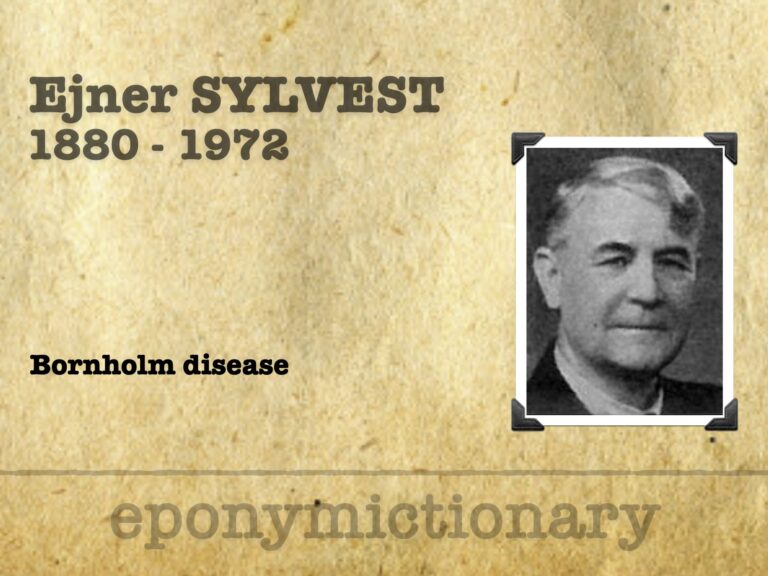
Ejner Sylvest
Ejner Oluf Sørensen Sylvest (1880-1972) Danish physician named and defined Bornholm disease, framing epidemic pleurodynia decades before its viral cause was confirmed.

Ejner Oluf Sørensen Sylvest (1880-1972) Danish physician named and defined Bornholm disease, framing epidemic pleurodynia decades before its viral cause was confirmed.
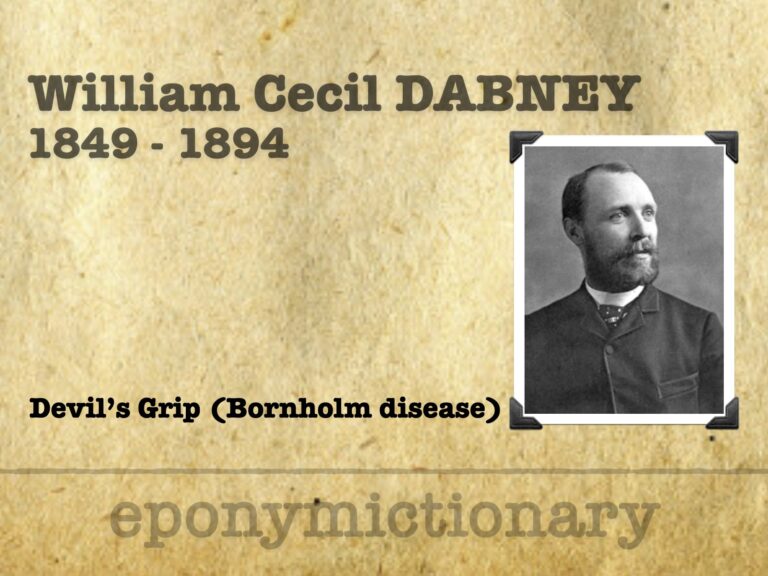
William Cec. Dabney (1849–1894) described epidemic chest pain (“Devil’s Grip”) and championed medical education, licensure, and public health in Virginia

Cornelia Catharina de Lange (1871-1950) was a Dutch pediatrician. Described Cornelia de Lange syndrome (CdLS) in 1933

Charles Gilbert Chaddock (1861-1936) was an American neurologist, psychiatrist, poet and medical translator. Chaddock sign and Chaddock wrist sign
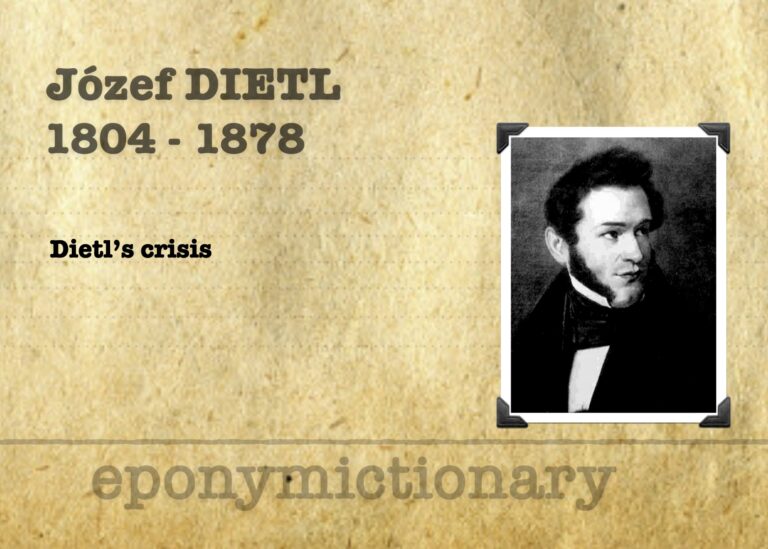
Józef Dietl (1804–1878) was a Polish physician, politician, professor and rector. Eponym: Dietl's crisis ureteropelvic junction obstruction (UPJO)
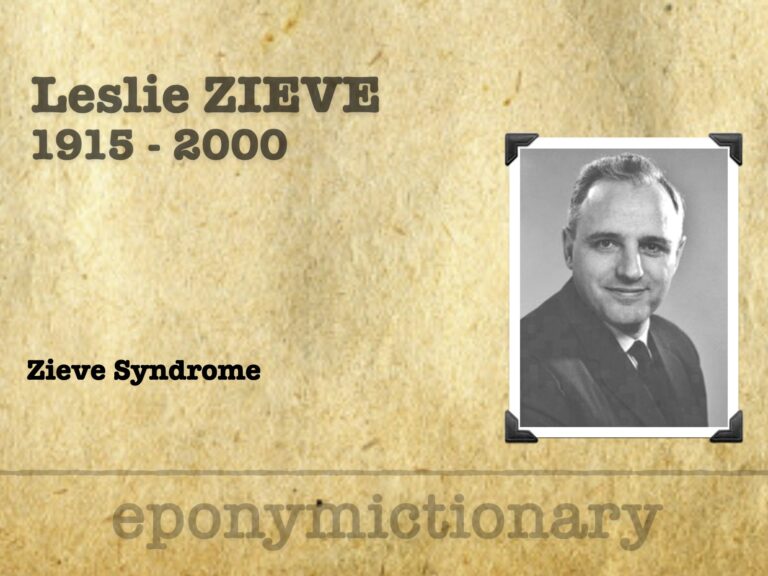
Leslie Zieve (1915–2000), American hepatologist; Zieve syndrome: jaundice, haemolysis, and hyperlipidaemia in fatty liver disease.
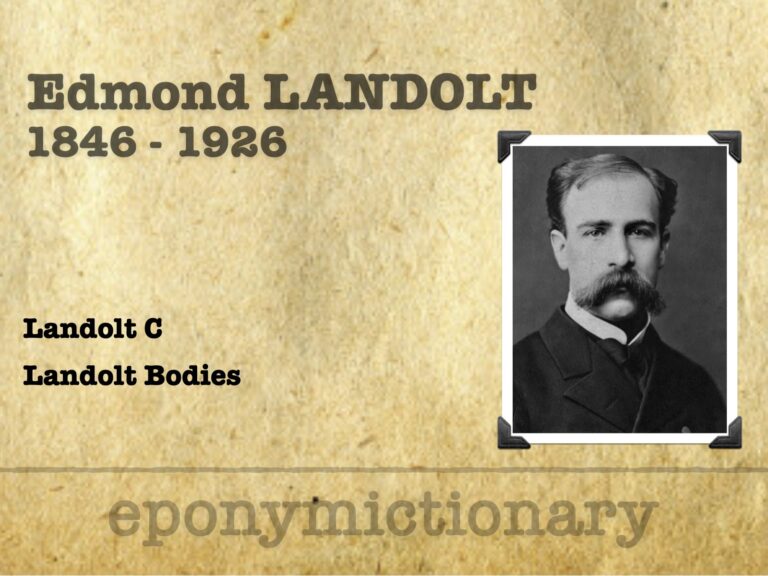
Edmund Landolt (1846–1926): Swiss-French ophthalmologist who created the Landolt C optotype, advanced strabismus surgery, and retinal anatomy studies
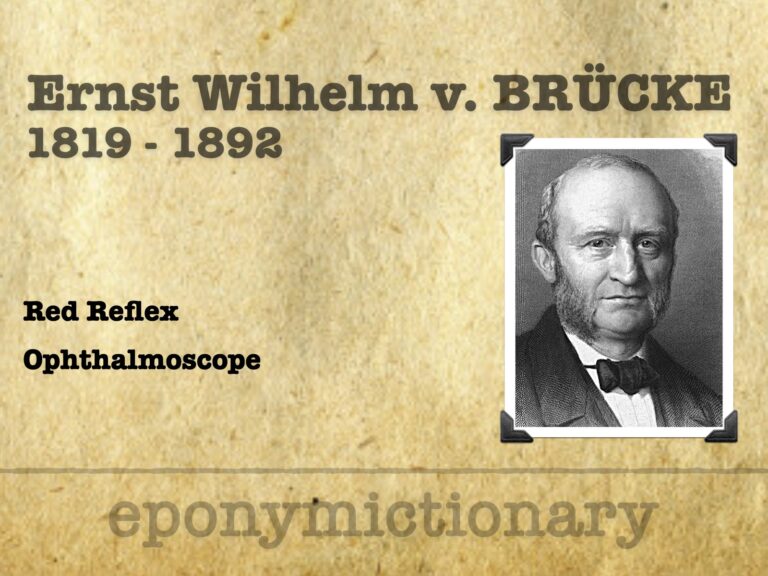
Ernst von Brücke (1819–1892) described the eye’s red reflex, paving the way for Helmholtz’s ophthalmoscope and modern retinal examination
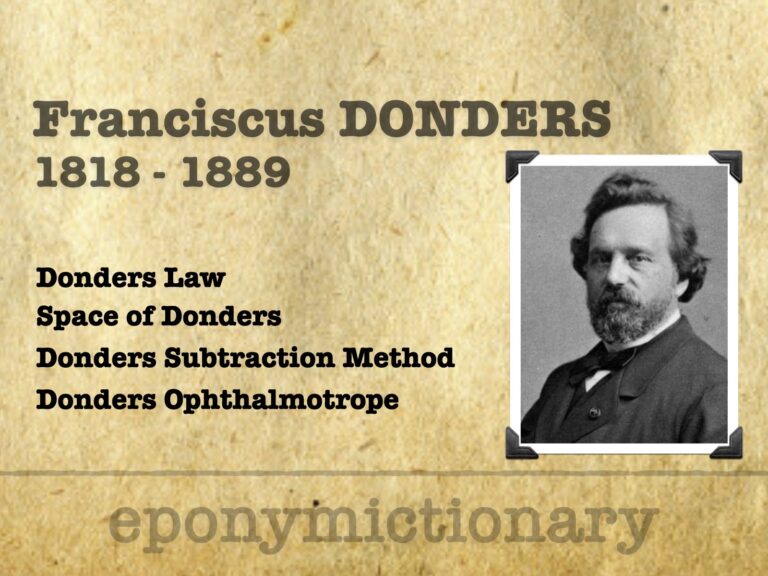
Franciscus Donders (1818–1889), Dutch ophthalmologist and physiologist, pioneered refraction studies, eye movement laws, and mental chronometry
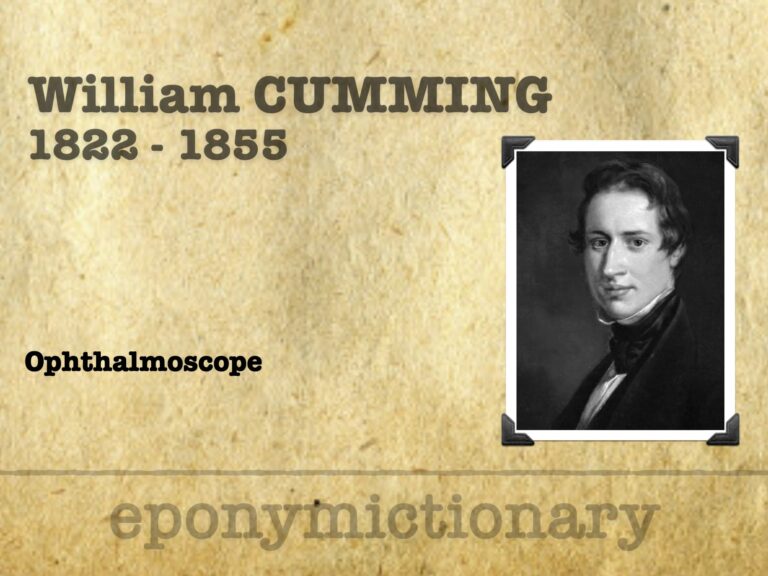
William Cumming (1822–1855), Moorfields surgeon who first observed the living eye’s luminous reflex, paving the way for Helmholtz’s ophthalmoscope.

Heinrich Küchler (1811–1873): German ophthalmologist who pioneered early eye charts, advanced corneal surgery, and reformed medical and military health services
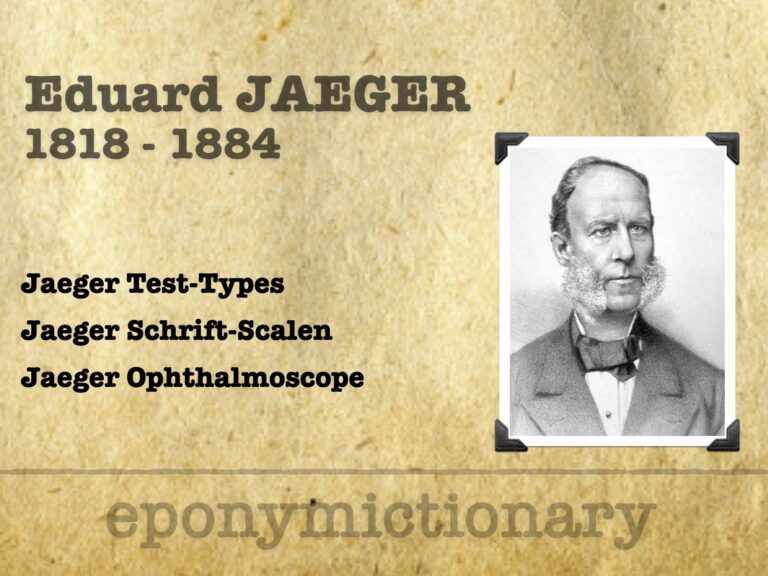
Eduard Jaeger (1818–1884), Austrian ophthalmologist; introduced Jaeger Test-Types, advanced ophthalmoscopy, and first described diabetic retinopathy